Home>Garden Essentials>How Do I Set Up Block Play Area?
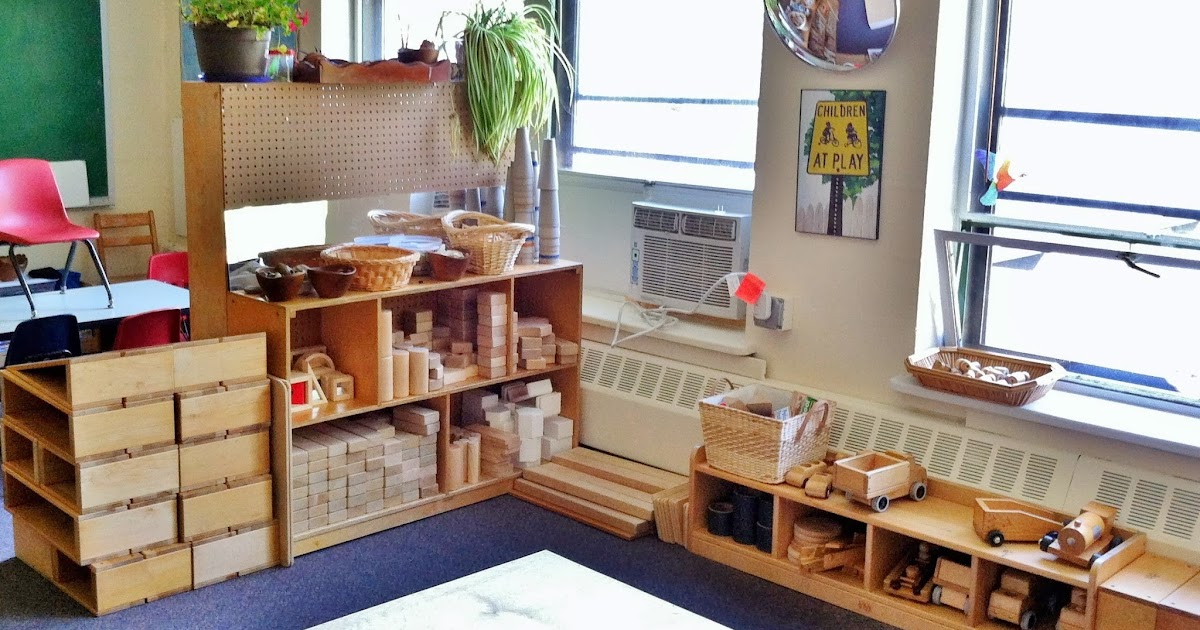

Garden Essentials
How Do I Set Up Block Play Area?
Modified: March 7, 2024
Learn how to set up a block play area in your garden and provide endless fun and creativity for your children. Enjoy outdoor playtime with this engaging and educational activity.
(Many of the links in this article redirect to a specific reviewed product. Your purchase of these products through affiliate links helps to generate commission for Storables.com, at no extra cost. Learn more)
Introduction
Welcome to the exciting world of block play! If you are wondering how to set up a block play area, you have come to the right place. Block play is not just about stacking blocks; it is a crucial part of a child’s development, promoting creativity, problem-solving skills, and social interaction. By creating a dedicated block play area, you can provide children with a space to explore and unleash their imaginations.
Whether you are a parent, teacher, or caregiver, setting up a block play area requires careful planning and consideration. By following a few simple steps, you can create an engaging and stimulating environment that will capture the interest of children of all ages.
In this article, we will guide you through the process of setting up a block play area. From choosing the location to adding accessories, we will provide you with all the information you need to create a vibrant and educational space.
So, let’s get started and dive into the world of block play!
Key Takeaways:
- Setting up a block play area involves choosing the right location, clearing the space, selecting age-appropriate blocks, organizing them, and creating different play zones. This creates an engaging and safe environment for children to explore and unleash their creativity.
- Adding accessories and props, establishing rules and guidelines, and encouraging imaginative play are essential for creating a vibrant and educational block play area. Maintenance and cleanup routines ensure a safe and organized space for continued learning and imaginative play.
Read more: How Do I Square Up A Quilt Block
Choosing the Location
The first step in setting up a block play area is choosing the right location. Consider a space that is easily accessible and visible to both children and adults. Ideally, the area should be in a central location, such as a playroom, classroom, or outdoor patio.
When selecting the location, take into account the available space and the number of children who will be using the play area. Ensure that there is enough room for children to move around comfortably and play with the blocks without feeling cramped.
It is also important to consider the lighting in the chosen location. Natural light is preferable as it creates a warm and inviting atmosphere. However, if natural light is limited, ensure that the play area is well-lit with artificial lighting that does not cast harsh shadows or glare.
Additionally, think about the noise level in the chosen location. Block play can be a lively and interactive activity, so it is best to choose a location away from quiet areas or areas that require silence, such as a library.
Lastly, keep in mind the accessibility of the location for both children and adults. Ensure that the space is easily reachable, with clear pathways and minimal obstacles. This will allow children to independently access and explore the block play area, fostering a sense of autonomy and independence.
By carefully considering these factors, you can choose a location that provides an optimal environment for block play and encourages children’s engagement and creativity. Once you have selected the location, it’s time to move on to the next step: clearing the space.
Clearing the Space
Before setting up a block play area, it is important to clear the space and ensure that it is clean and clutter-free. This will create a safe and inviting environment for children to freely explore and play with the blocks. Here are some steps to follow when clearing the space:
- Remove any existing furniture or objects: Clear the area of any furniture, toys, or other objects that may obstruct the block play area. This will create a blank canvas for setting up the play space.
- Clean the area: Dust or vacuum the space to remove any dirt or debris. Pay attention to corners, edges, and hard-to-reach areas to ensure a clean playing surface.
- Check for safety hazards: Inspect the space for any potential safety hazards, such as loose wires, sharp edges, or unstable surfaces. Address any issues and make necessary repairs or modifications to ensure a safe environment for children.
- Organize storage solutions: Consider incorporating storage solutions, such as shelves, bins, or cubbies, to keep the blocks organized and easily accessible. This will help maintain a tidy play area and make it easier for children to find and return the blocks after play.
Clearing the space is an essential step to make way for the block play area. It allows for a fresh start and ensures that the focus remains on the blocks and the children’s play experiences. Once the space is cleared and prepped, it’s time to move on to the next step: selecting the blocks.
Selecting the Blocks
The key to a successful block play area lies in selecting the right blocks. The blocks you choose should be age-appropriate, safe, and suitable for various building activities. Here are some factors to consider when selecting blocks:
- Age-appropriate: Consider the age range of the children who will be using the block play area. Younger children may benefit from larger, wooden blocks that are easier to handle and manipulate, while older children can handle smaller blocks with more intricate shapes and designs. Ensure that the blocks you choose align with the developmental abilities and interests of the children.
- Material: Blocks are available in various materials, including wood, plastic, foam, and cardboard. Wooden blocks are durable, natural, and provide a tactile sensory experience. Plastic blocks are lightweight and often come in bright colors. Foam blocks are soft and safe for younger children. Consider the advantages and disadvantages of each material and choose the one that best suits your needs.
- Block variety: Aim for a diverse selection of blocks that offer a range of shapes, sizes, and textures. This will allow children to explore different architectural designs, build complex structures, and foster their creativity. Include blocks with different connectors, such as pegs, magnets, or interlocking features, to add an extra layer of engagement.
- Open-endedness: Opt for blocks that encourage open-ended play and imagination. Avoid blocks with pre-determined functions or limited possibilities. Simple, versatile blocks can be transformed into whatever a child’s imagination desires, allowing for endless building opportunities.
- Sustainability: Consider the environmental impact of the blocks. Look for blocks made from sustainable materials or those that promote eco-friendly practices. This not only teaches children about sustainability but also contributes to a greener future.
By carefully considering these factors, you can select blocks that will inspire exploration, creativity, and learning in the block play area. Once you have chosen the blocks, it’s time to move on to the next step: organizing the blocks.
Organizing the Blocks
Organizing the blocks in your play area is essential for easy access, creative play, and maintaining a tidy space. When it comes to organizing the blocks, there are a few strategies you can employ:
- Categorize by size or shape: Group similar blocks together based on their size or shape. This makes it easier for children to locate the blocks they need and promotes organization. For example, you can have a section for square blocks, another for rectangular blocks, and so on.
- Color coding: If your blocks come in different colors, consider organizing them by color. This adds visual interest to the play area and can also help children learn about colors and sorting.
- Utilize storage containers: Invest in storage containers, bins, or shelves specifically designed for block organization. Label the containers or shelves with pictures or words to indicate where each type of block belongs. This encourages children to take personal responsibility for cleaning up after play and facilitates easy cleanup.
- Display blocks attractively: Arrange blocks in an inviting and aesthetically pleasing way. Stack them on shelves, in wooden crates, or on low tables. This not only adds visual appeal to the play area but also entices children to engage with the blocks more readily.
- Rotate block sets: To keep the play area fresh and exciting, consider rotating different sets of blocks at regular intervals. This introduces variety and prevents children from becoming bored with the same blocks. You can have a selection of different block sets and alternate them to maintain interest.
By organizing the blocks strategically, you create an environment where children can easily find and select the blocks they need for their creations. It also teaches them valuable skills in categorization, sorting, and maintaining order. Once you have organized the blocks, it’s time to move on to the next step: setting up the play area.
Read more: How To Set Up Play Area With Vive
Setting Up the Play Area
Now that you have chosen and organized the blocks, it’s time to set up the play area itself. The goal is to create an inviting and engaging environment that sparks children’s creativity and encourages exploration. Here are some key elements to consider when setting up the play area:
- Layout and arrangement: Arrange the play area in a way that allows for easy movement and maximizes the use of space. Consider creating different zones within the play area for various types of block play, such as a building zone and a design zone. This provides children with options and promotes versatility in their play.
- Open space: Ensure that there is plenty of open floor space for children to spread out and build. This gives them the freedom to move around and experiment with different block configurations.
- Child-sized furniture: Incorporate child-sized tables, chairs, or mats in the play area. This provides a comfortable and appropriate space for children to sit and engage with the blocks at their height.
- Display creations: Dedicate an area within the play area to showcase children’s completed block creations. This not only boosts their confidence but also serves as inspiration for others. Consider using display stands, shelves, or bulletin boards to exhibit their work.
- Create a cozy corner: Add a cozy reading nook or soft seating area near the play area. This allows children to take a break from building and engage in quiet activities like reading books related to construction or design.
Remember to provide adequate lighting in the play area. Natural light is ideal, but if that’s not possible, ensure that the play area is well-lit with soft and warm artificial lighting. This contributes to a welcoming and comfortable atmosphere.
By setting up the play area thoughtfully, you create an environment that encourages immersive and imaginative block play experiences. Next, we will explore the concept of creating different zones within the block play area.
When setting up a block play area, consider the space available, provide a variety of block shapes and sizes, and include accessories like cars and people to encourage imaginative play. Keep the area organized and easily accessible for children to enjoy.
Creating Different Zones
Creating different zones within the block play area adds depth and variety to children’s play experiences. By designating specific areas for different types of play, you provide opportunities for exploration and engagement. Here are a few ideas for creating different zones within the block play area:
- Building zone: Designate a specific area where children can focus on constructing structures and buildings. This zone can have ample floor space and a variety of different blocks for children to experiment with. It can also include accessories like miniature people, vehicles, or animals to enhance imaginative play.
- Design zone: Set up a zone where children can engage in more detailed and intricate designs. Provide tools like rulers, stencils, or pattern blocks to encourage creative thinking and geometric exploration. This zone can also include materials like paper, markers, and colored pencils for children to sketch and plan their creations before bringing them to life with blocks.
- Sensory zone: Create a sensory-rich zone where children can engage their tactile senses while playing with blocks. Include blocks of different textures, such as smooth, rough, or textured surfaces. You can also incorporate sensory materials like sand or water for children to explore and manipulate alongside the blocks.
- Collaborative zone: Dedicate a space for collaborative play, where children can work together to build larger structures or engage in cooperative block play activities. This zone can have larger blocks and encourage communication, problem-solving, and teamwork among children.
- Imagination zone: Designate an area where children can let their imaginations run wild. Include loose parts, such as fabric scraps, cardboard tubes, or natural materials like sticks and stones. These open-ended materials can be used alongside the blocks to create imaginative scenes and scenarios.
Creating different zones within the block play area allows children to explore various aspects of block play and tailor their experiences to their interests. It promotes creativity, problem-solving, and collaboration while providing a diverse range of play opportunities.
Remember to clearly define and differentiate these zones so that children can understand the different play options available to them. Using signage, rugs, or different colored floor mats can help demarcate the different zones visually.
By incorporating these zones into your block play area, you provide children with a well-rounded and captivating play experience. Next, we will explore the importance of adding accessories and props to enhance the block play experience.
Adding Accessories and Props
Adding accessories and props to your block play area can elevate the play experience and enhance children’s imagination and creativity. These additional elements provide opportunities for storytelling, role-playing, and expanding the possibilities of block play. Here are some ideas for adding accessories and props:
- Miniature figures: Incorporate miniature people, animals, and vehicles to bring the block creations to life. Children can use these figures to create stories, adventures, and scenarios within their block structures.
- Construction tools: Include toy hammers, screwdrivers, wrenches, and other pretend construction tools. These props enable children to engage in imaginative role-play, pretending to be builders, architects, or engineers as they manipulate and construct with the blocks.
- Landscaping elements: Add elements like trees, bushes, fences, or toy plants to create a more realistic and immersive environment. Children can use these accessories to create gardens, parks, or landscapes around their block creations.
- Building materials: Provide additional materials like cardboard, fabric scraps, or popsicle sticks that can be used alongside the blocks. Children can use these materials to expand and customize their structures, adding roofs, walls, or other architectural elements.
- Themed props: For added excitement and inspiration, consider incorporating themed props related to specific interests or learning themes. For example, if children are interested in space, include cardboard cutouts of planets or a small astronaut figurine for them to incorporate into their block creations.
When adding accessories and props, it’s important to ensure they are age-appropriate and safe for children to use. Regularly check for any broken or damaged items and remove them from the play area to prevent accidents.
By incorporating these accessories and props, you provide children with opportunities to engage in imaginative play and storytelling as they interact with the blocks. It adds depth and realism to their play experiences and encourages the development of language, communication, and problem-solving skills.
Now that we have explored how to enhance the block play area with accessories and props, let’s shift our focus to safety considerations for a secure and worry-free play environment.
Safety Considerations
When setting up a block play area, safety should be a top priority to ensure a secure and worry-free environment for children. Here are some important safety considerations to keep in mind:
- Age-appropriate blocks: Ensure that the blocks you provide are suitable for the age group using the play area. Young children may put objects in their mouths, so avoid small blocks or those with detachable parts that can pose a choking hazard.
- Sturdy construction: Choose blocks that are sturdy and well-built to prevent them from easily toppling over and potentially causing injuries. Avoid blocks with sharp edges or rough surfaces that can cause cuts or splinters.
- Secure flooring: Use a non-slip and cushioned surface, such as interlocking foam mats or a carpeted area, to minimize the risk of slips and falls. This is particularly important for younger children who are still developing their balance and coordination skills.
- Supervision: Always ensure that a responsible adult is present to supervise children during play. They can provide guidance, help resolve conflicts, and ensure that proper safety practices are followed.
- Clean and hygienic environment: Regularly clean and sanitize the block play area to minimize the risk of germs and bacteria. Wipe down the blocks and the play surface with non-toxic cleaning solutions, and encourage children to wash their hands before and after play.
- Clear rules and guidelines: Establish clear rules and guidelines for using the block play area. Teach children about safe play practices, such as not throwing blocks or using them as projectiles, and encourage respectful and cooperative play among peers.
- Regular maintenance: Regularly inspect the blocks and accessories for any signs of damage or wear. Remove any broken or damaged items immediately to avoid accidents.
It is essential to take proactive measures to ensure the safety of children while they engage in block play. By addressing these safety considerations, you can create a secure and nurturing environment that promotes healthy play and learning experiences.
Now that we have discussed the safety considerations, let’s explore the importance of establishing rules and guidelines within the block play area.
Read more: How To Set Up A Play Area For A Bird
Establishing Rules and Guidelines
Establishing clear rules and guidelines is crucial for creating a safe, respectful, and inclusive block play environment. By setting expectations and boundaries, you foster a positive atmosphere where children can engage in play confidently and collaboratively. Here are some key considerations when establishing rules and guidelines:
- Respect for others: Emphasize the importance of respect and kindness towards others. Teach children to take turns, share blocks, and communicate effectively. Encourage them to listen attentively to their peers’ ideas and collaborate on building structures.
- Safe play practices: Clearly outline rules that promote safety during block play. This may include guidelines such as not throwing blocks, keeping the play area free from obstacles, and using blocks for their intended purposes. Reinforce the importance of being mindful of others’ personal space to prevent accidental collisions.
- Taking care of materials: Teach children to handle the blocks and accessories with care. Reinforce the importance of returning blocks to their designated storage areas after use and avoiding rough handling or misuse that may lead to breakage. This cultivates a sense of responsibility and respect for the play materials.
- Conflict resolution: Teach children strategies for resolving conflicts that may arise during block play, such as using words to express their feelings, seeking adult help when needed, and finding compromises. Encourage them to work together to find solutions rather than engaging in destructive or aggressive behaviors.
- Appropriate language and behavior: Establish guidelines for using appropriate language and behavior in the block play area. Teach children to use kind words, share ideas respectfully, and refrain from using blocks to hurt or intimidate others. Encourage positive social interactions and discourage negative or exclusionary behavior.
- Clean-up expectations: Set expectations for clean-up routines after block play. Teach children to return blocks to their designated storage areas, tidy up the play area, and take responsibility for maintaining cleanliness and organization within the space. This cultivates a sense of ownership and pride in their play environment.
Consistently reinforce the established rules and guidelines during block play sessions. Encourage open communication with children, allowing them to provide input and suggestions for the rules to foster a sense of ownership and cooperation.
By establishing and reinforcing these rules and guidelines, you create a positive and respectful block play environment where children can learn and thrive. Next, let’s explore the importance of encouraging imaginative play within the block play area.
Encouraging Imaginative Play
Encouraging imaginative play within the block play area not only sparks creativity but also enhances cognitive, social, and emotional development in children. Imaginative play allows children to explore their thoughts, emotions, and ideas through storytelling, role-playing, and creating imaginary worlds. Here are some strategies to foster and encourage imaginative play:
- Provide open-ended materials: Offer a variety of blocks and loose parts that allow for endless possibilities and creative exploration. Open-ended materials enable children to transform them into anything they imagine, empowering their creativity and imagination.
- Promote storytelling: Encourage children to incorporate storytelling into their block play. Prompt them to create narratives around their block structures, guiding them to develop characters, plotlines, and problem-solving scenarios. This enhances language skills, narrative building, and oral expression.
- Introduce thematic prompts: Introduce themes or scenarios that inspire imaginative play. Provide props or prompts that align with children’s interests, such as space exploration, community building, or historical events. This stimulates their imaginations and encourages them to bring those themes into their block play.
- Encourage role-play: Encourage children to take on roles and engage in pretend play while using the blocks. This can involve acting out different occupations, creating family scenarios, or reenacting stories. Role-play helps develop empathy, social skills, and a deeper understanding of the world around them.
- Support and join in: Actively engage with children during block play by asking open-ended questions, showing genuine interest in their creations, and participating in their imaginative play scenarios. This helps validate their ideas, fosters connection, and encourages further exploration.
- Provide inspiration: Display books, images, or photographs related to different topics or themes near the block play area. These visual resources can spark ideas, provide inspiration, and ignite children’s imaginations as they engage with the blocks.
- Embrace mess and flexibility: Allow children the freedom to be messy, experiment, and change their play environments as they see fit. Emphasize that mistakes and modifications are part of the creative process, helping foster a growth mindset and encouraging imaginative thinking without fear of judgment.
By incorporating these strategies and fostering a playful and accepting atmosphere, you create an environment that encourages children to unleash their imaginations and engage in rich, imaginative play experiences.
Now that we have explored the importance of encouraging imaginative play, let’s discuss the maintenance and cleanup of the block play area.
Maintenance and Cleanup
Maintenance and cleanup are essential aspects of managing a block play area. By establishing a routine for maintenance and involving children in the cleanup process, you can ensure a clean, organized, and safe environment for continued block play. Here are some tips for maintaining and cleaning up the block play area:
- Create a cleanup routine: Establish a consistent cleanup routine that children can follow after each block play session. Clearly communicate the steps involved, such as returning blocks to their designated storage areas, wiping down surfaces, and organizing any additional props or accessories.
- Involve children in cleanup: Encourage children to take an active role in the cleanup process. Teach them to take responsibility for their play area by assigning specific tasks and roles. This not only promotes a sense of ownership but also teaches valuable life skills such as organization and tidiness.
- Maintain and inspect the blocks: Regularly inspect the blocks for any signs of wear, damage, or missing pieces. Replace or repair blocks as needed to ensure the play materials are safe and in good condition for future use.
- Sanitize the blocks: Regularly sanitize the blocks to maintain a clean and hygienic environment. Wash the blocks with mild soap and water or use disinfectant wipes to remove any dirt or germs. Allow the blocks to air dry completely before returning them to their storage areas.
- Monitor the play area: Keep an eye on the block play area during play sessions and address any safety concerns or issues promptly. Ensure that the play area remains organized, free from clutter, and that any spills or messes are quickly cleaned up to prevent accidents.
- Rotate and refresh materials: Periodically rotate and refresh the blocks and accompanying accessories. Introduce new materials or props to keep the play experiences engaging and exciting for children. This can revitalize their interest and inspire new avenues of exploration.
By maintaining the block play area and involving children in the cleanup process, you promote responsibility, organization, and a sense of pride in their play environment. It also ensures that the block play area remains a safe and inviting space for continued learning and imaginative play.
Now that we have covered maintenance and cleanup, you have all the necessary knowledge to set up and manage a well-organized and engaging block play area. Happy building and exploring!
Frequently Asked Questions about How Do I Set Up Block Play Area?
Was this page helpful?
At Storables.com, we guarantee accurate and reliable information. Our content, validated by Expert Board Contributors, is crafted following stringent Editorial Policies. We're committed to providing you with well-researched, expert-backed insights for all your informational needs.
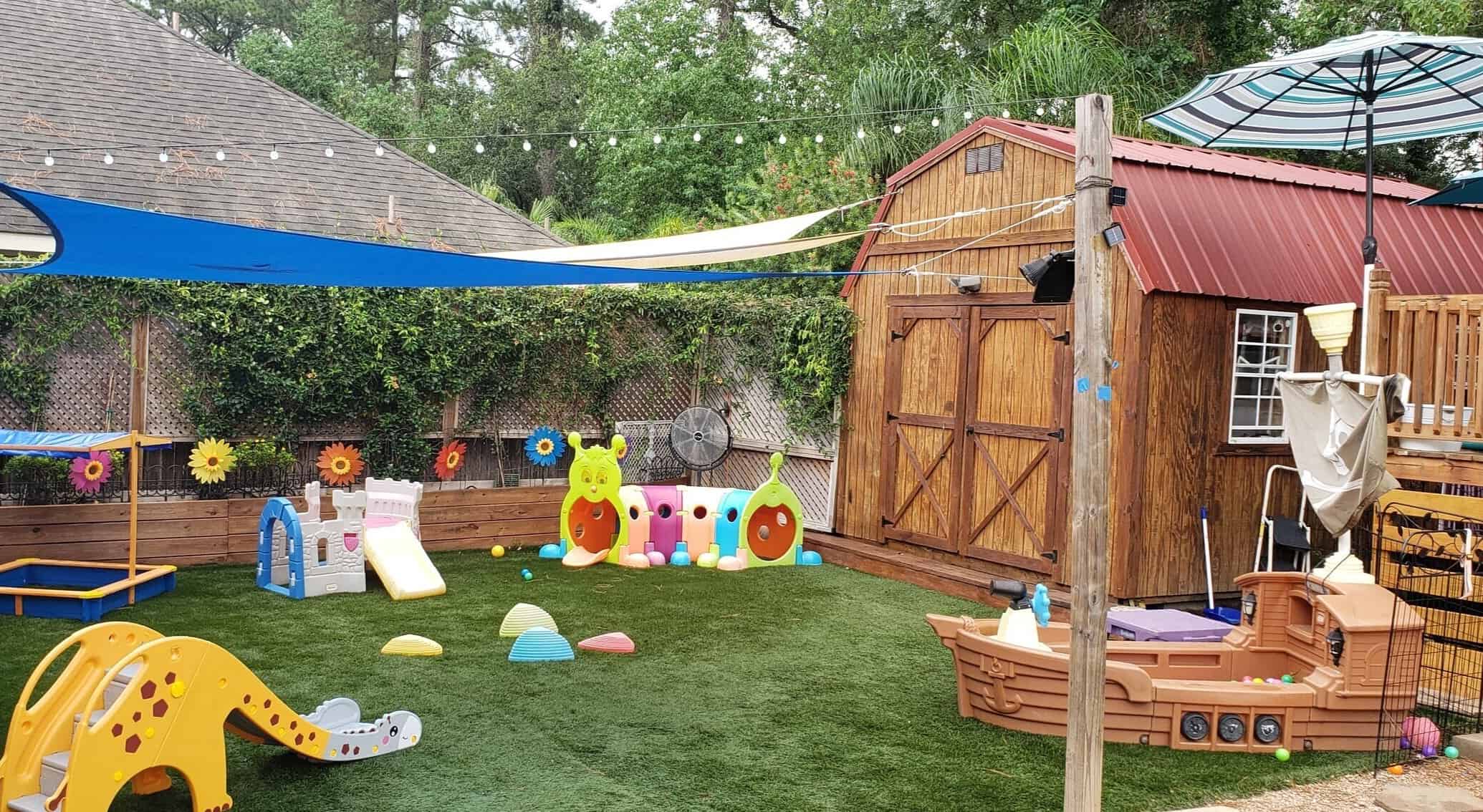
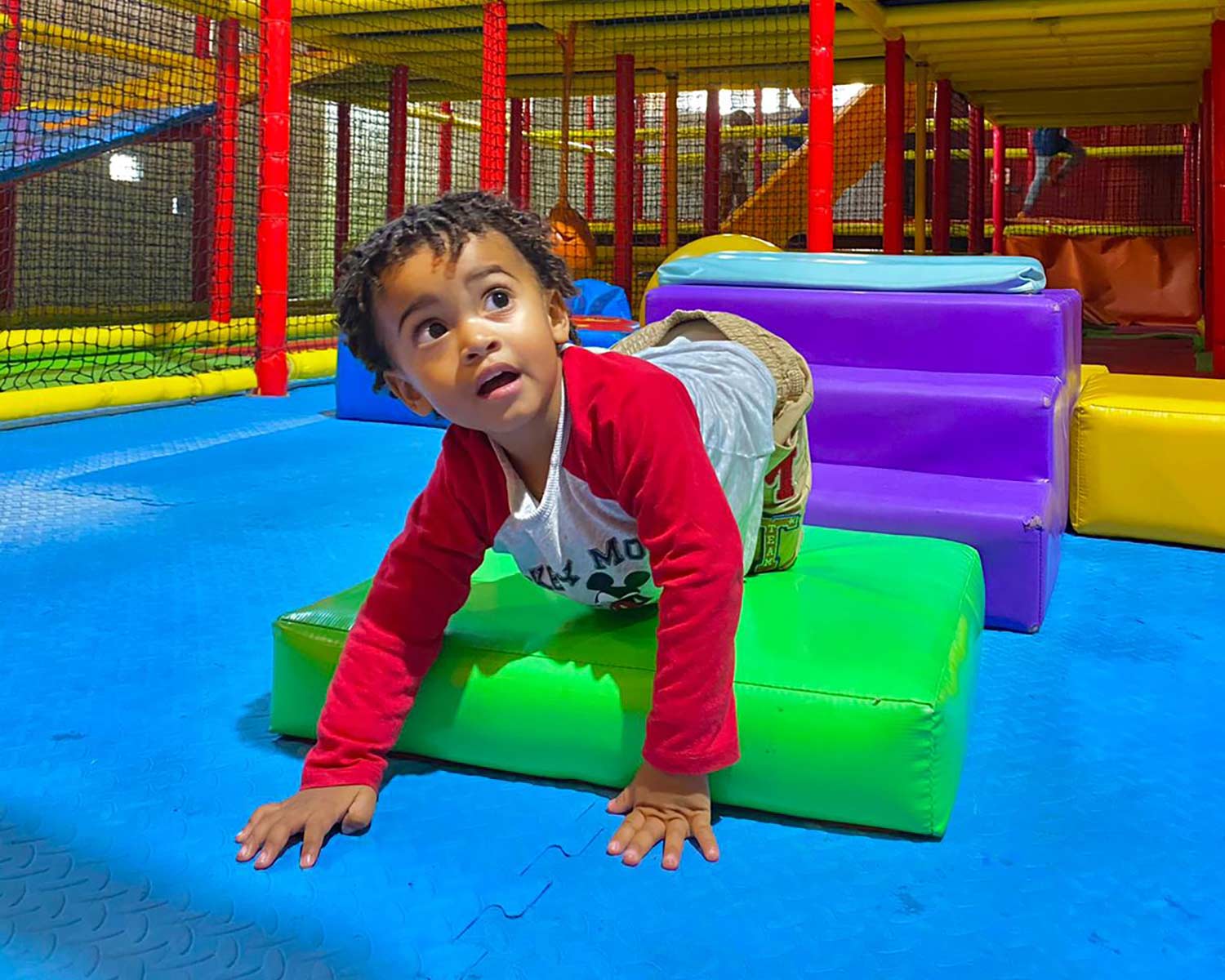
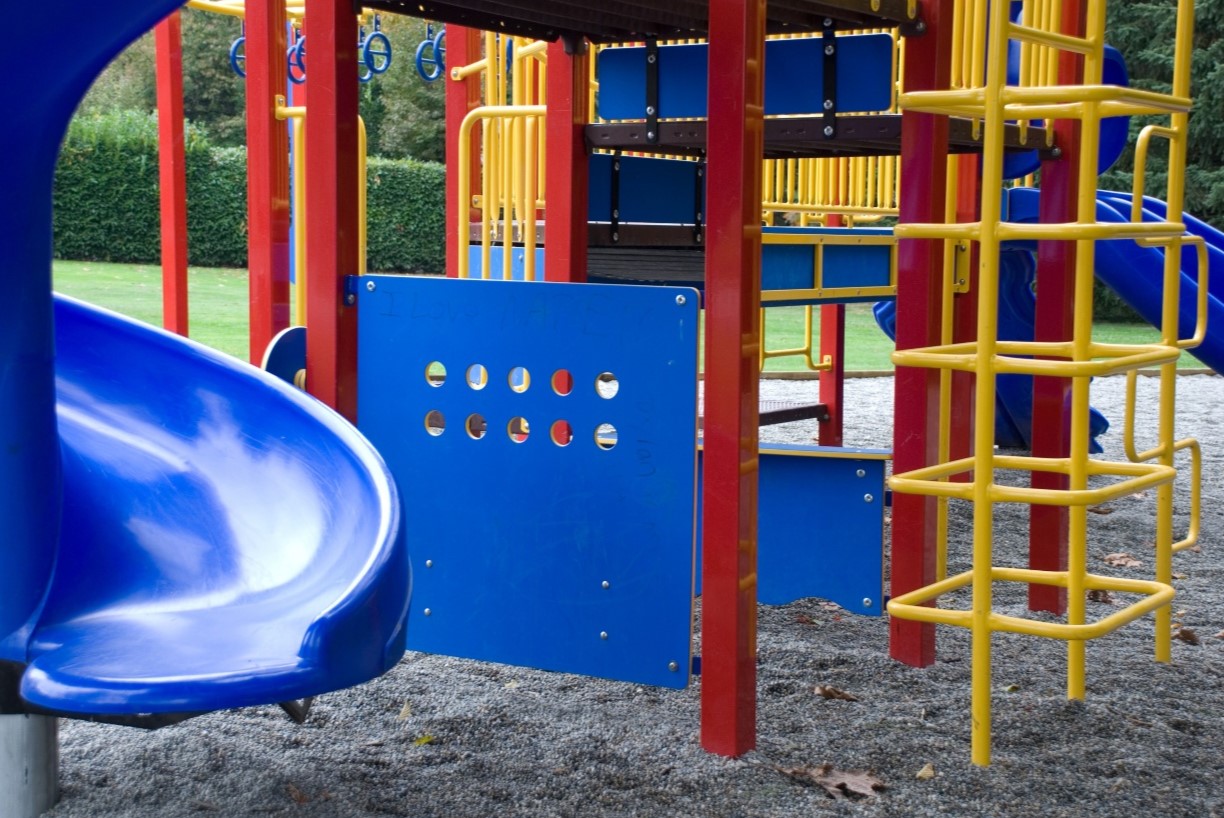
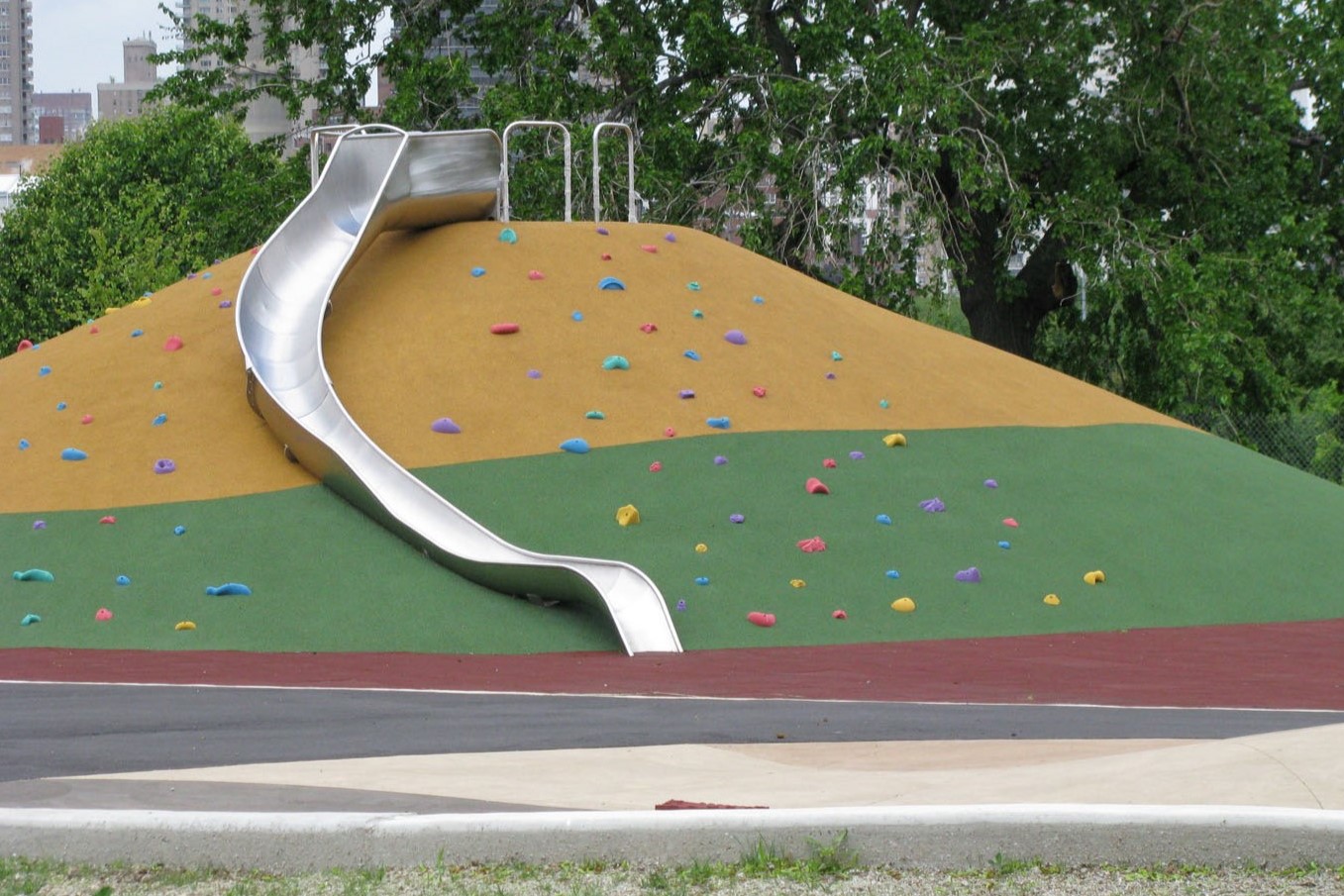
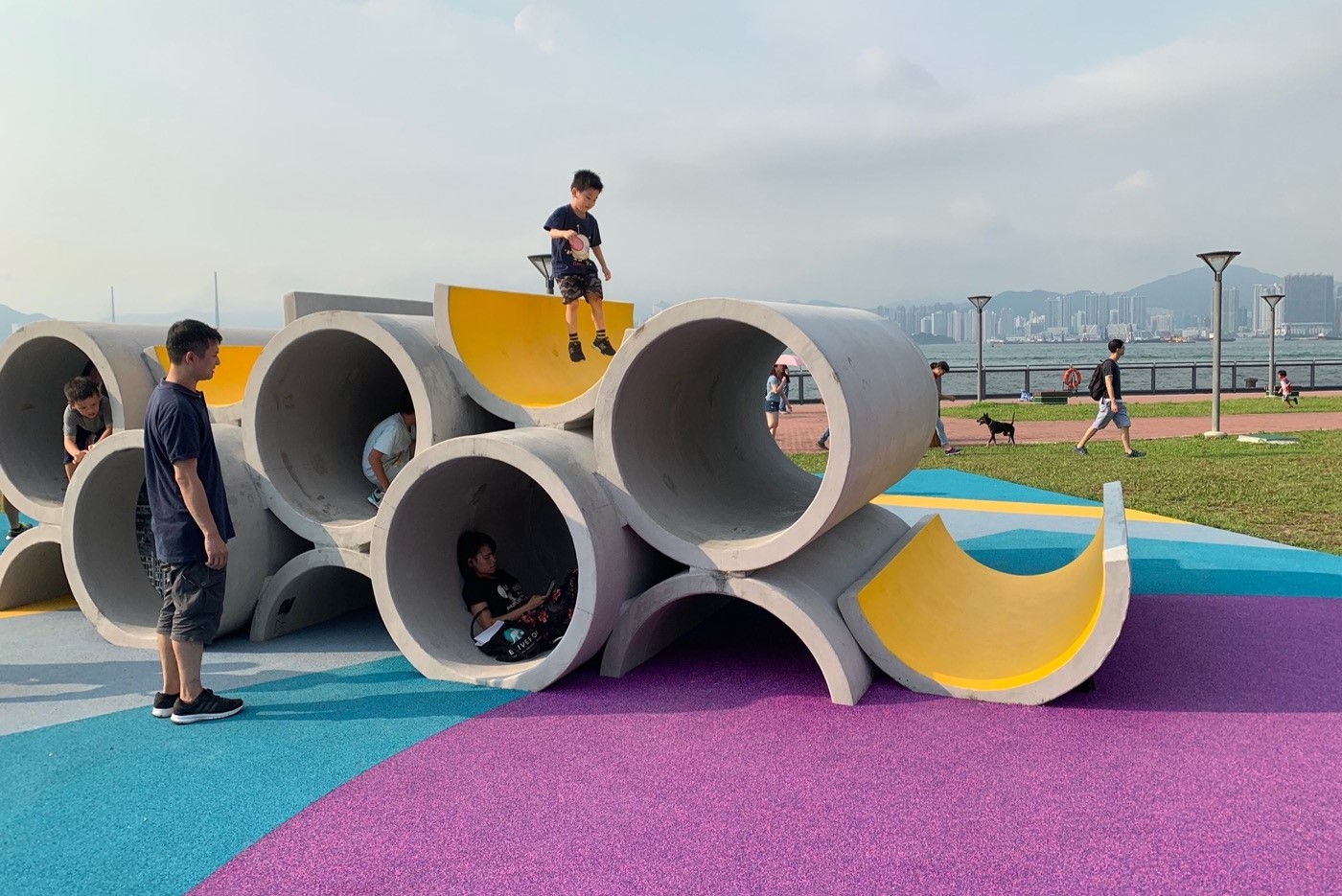
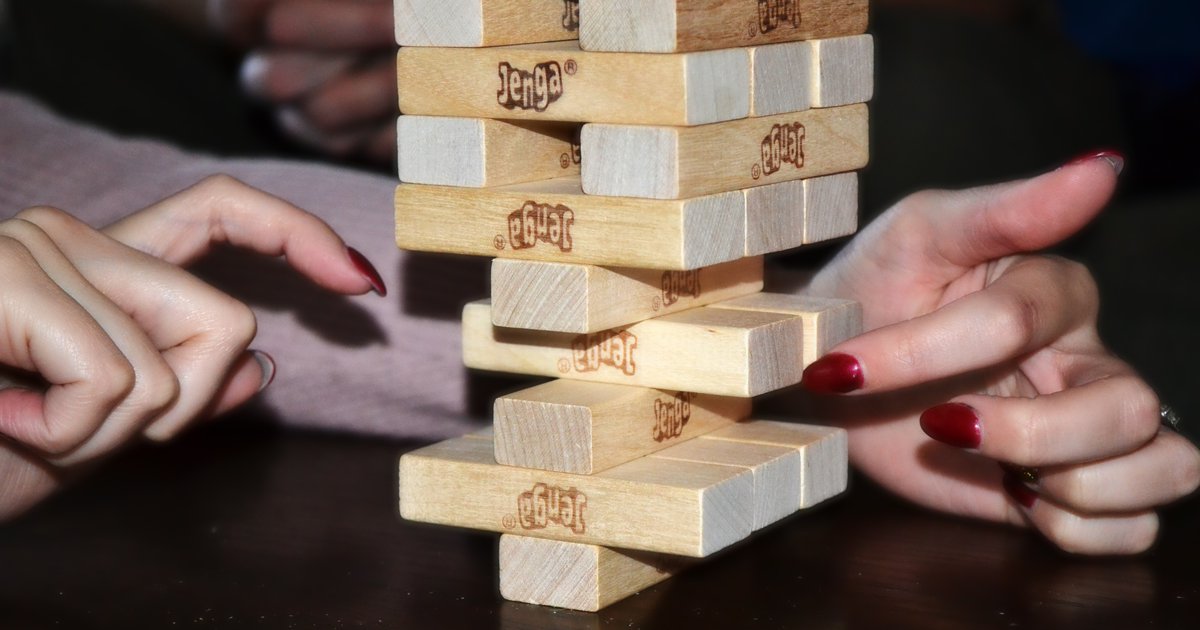

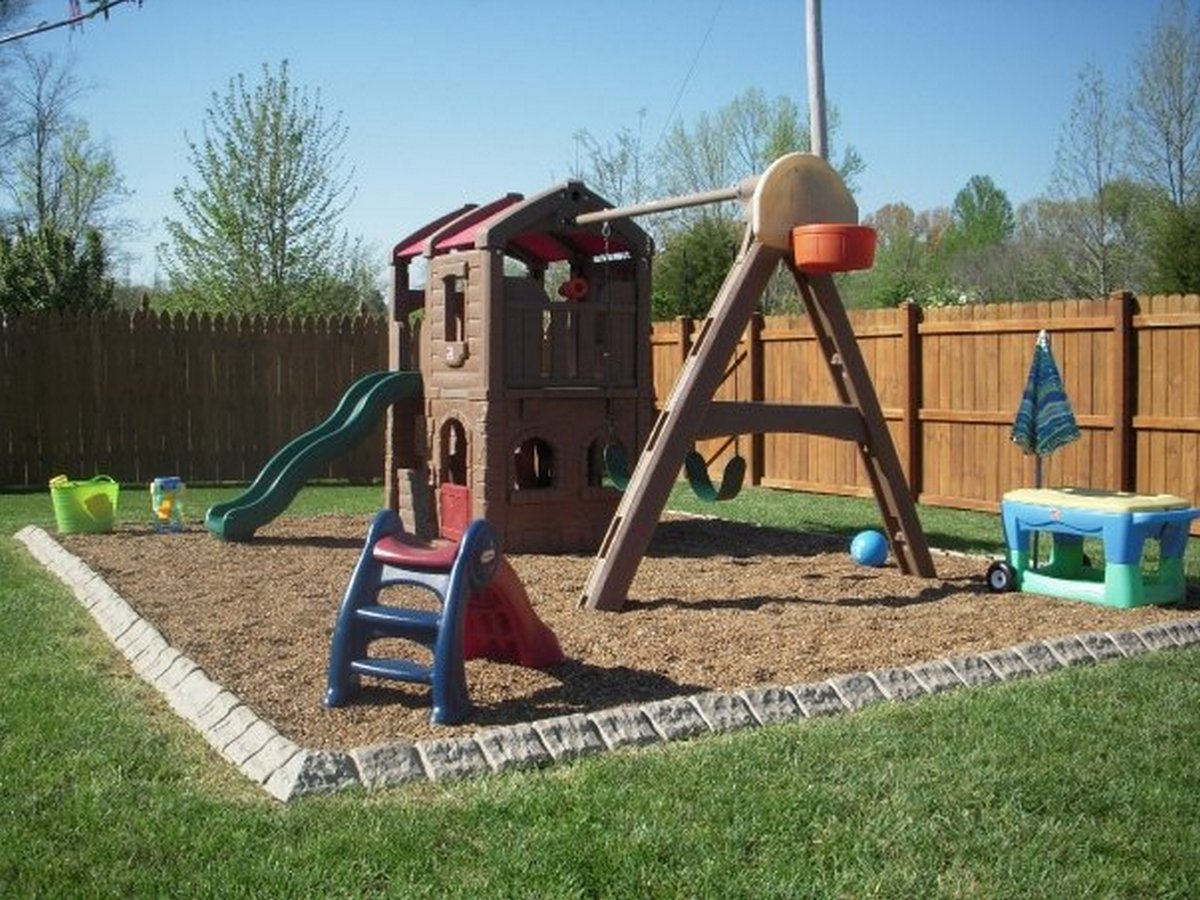

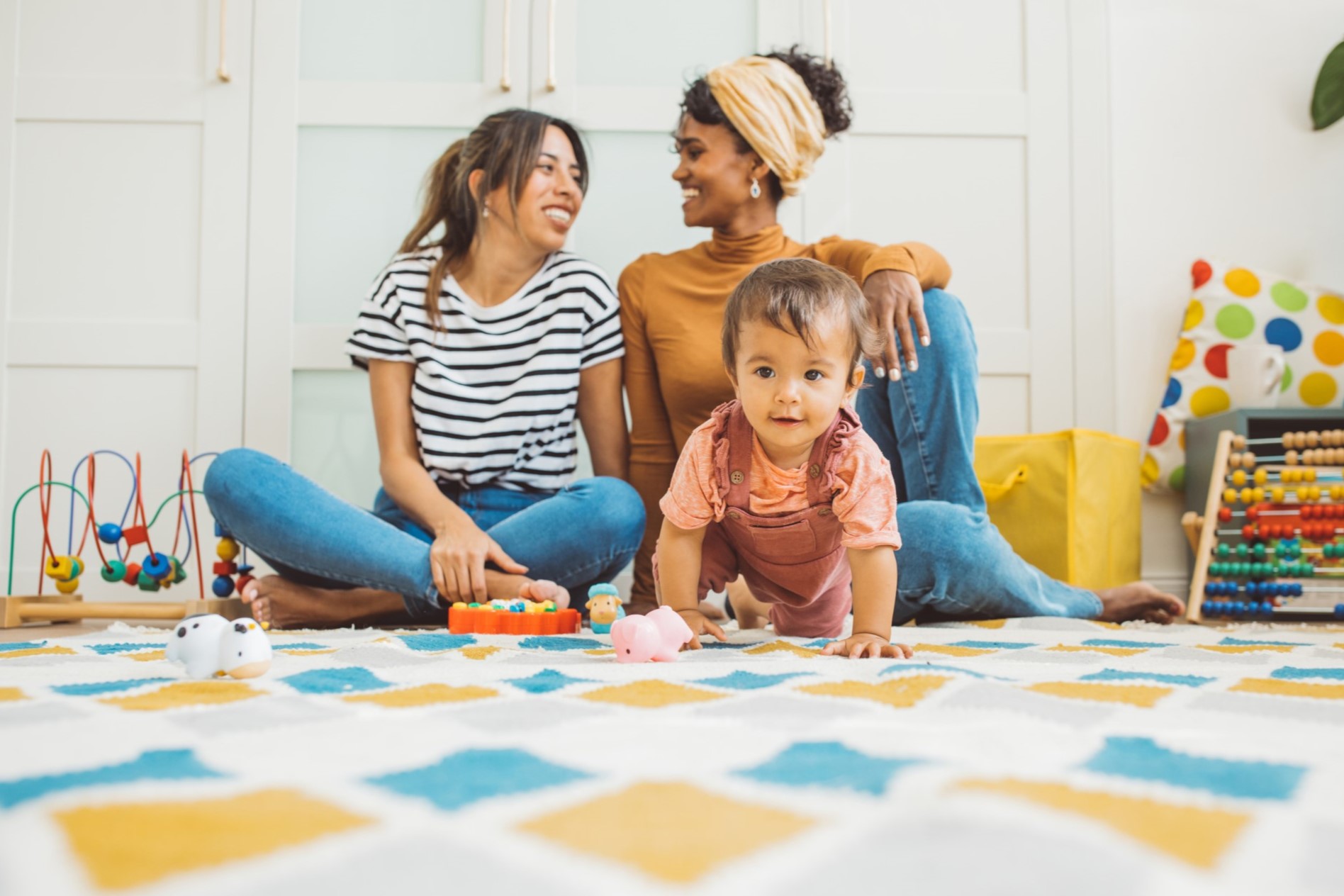
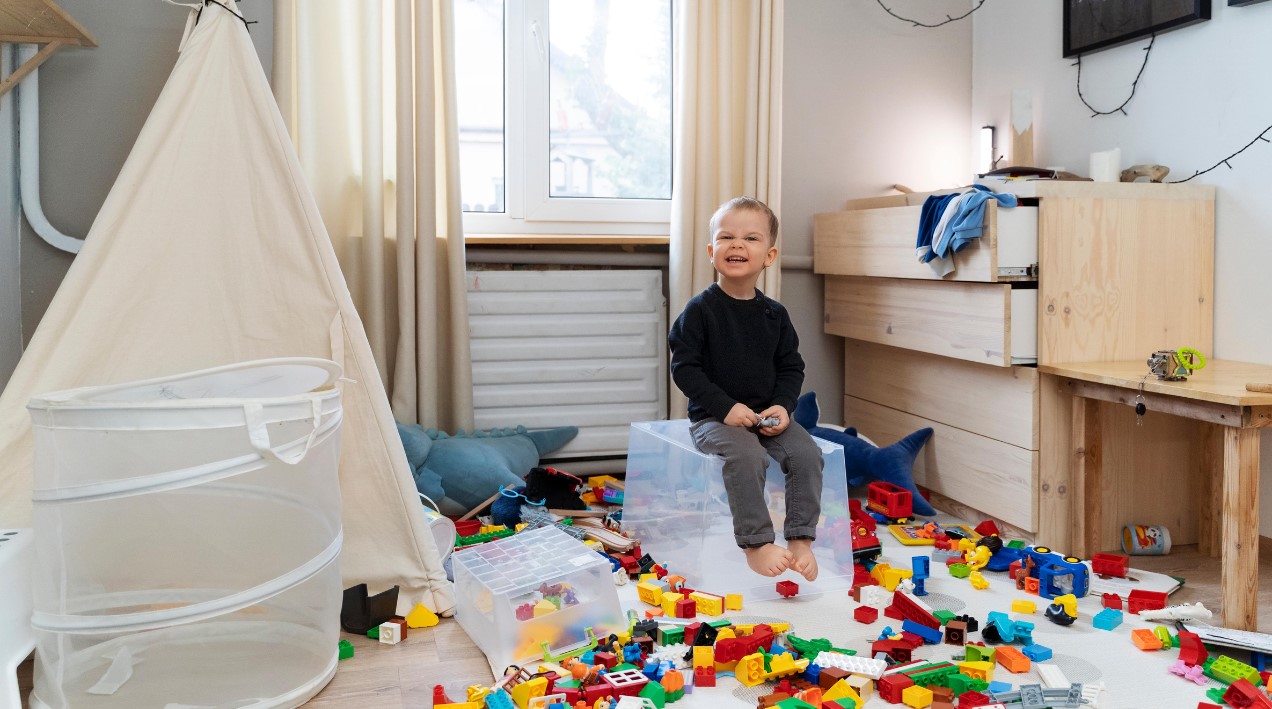
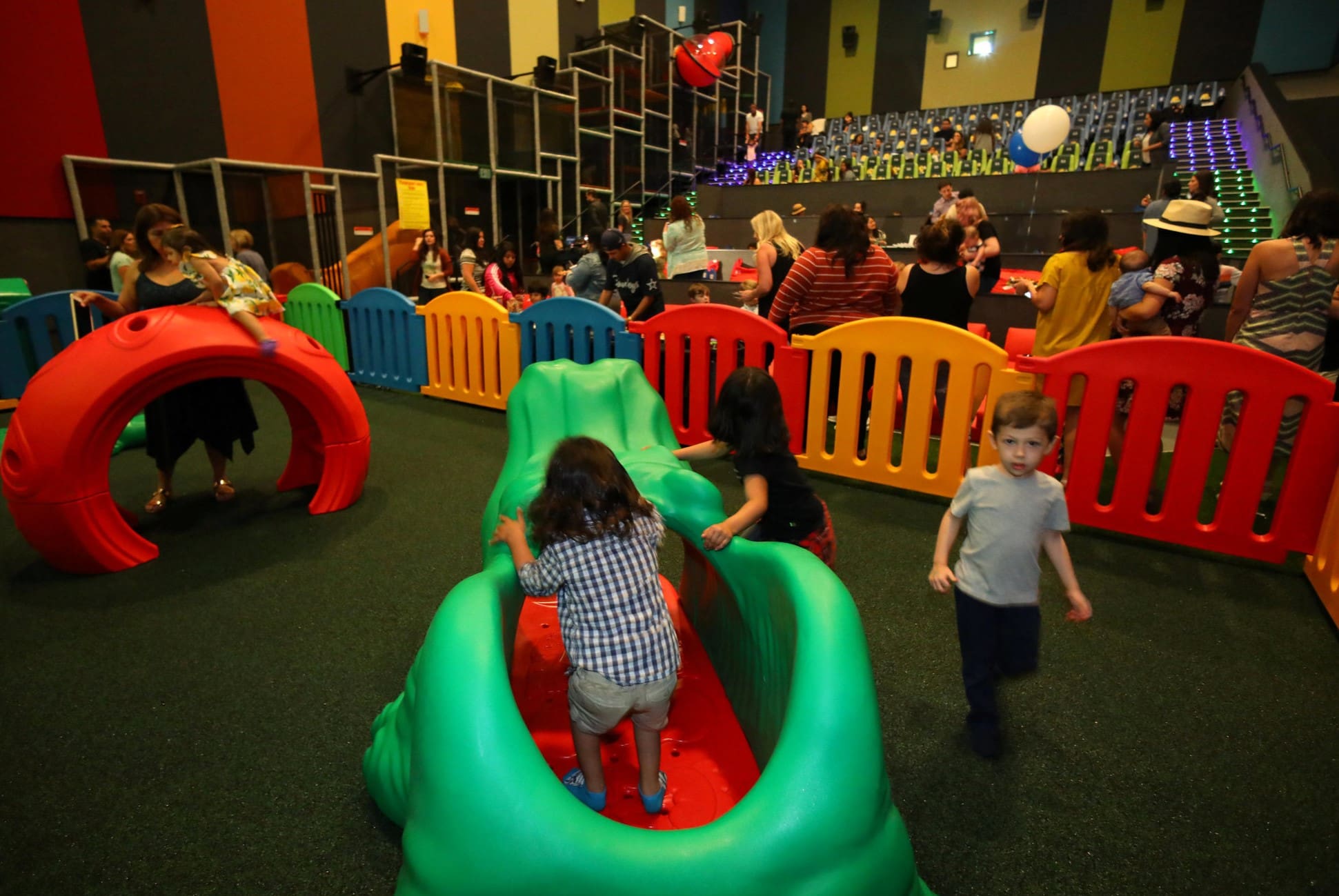
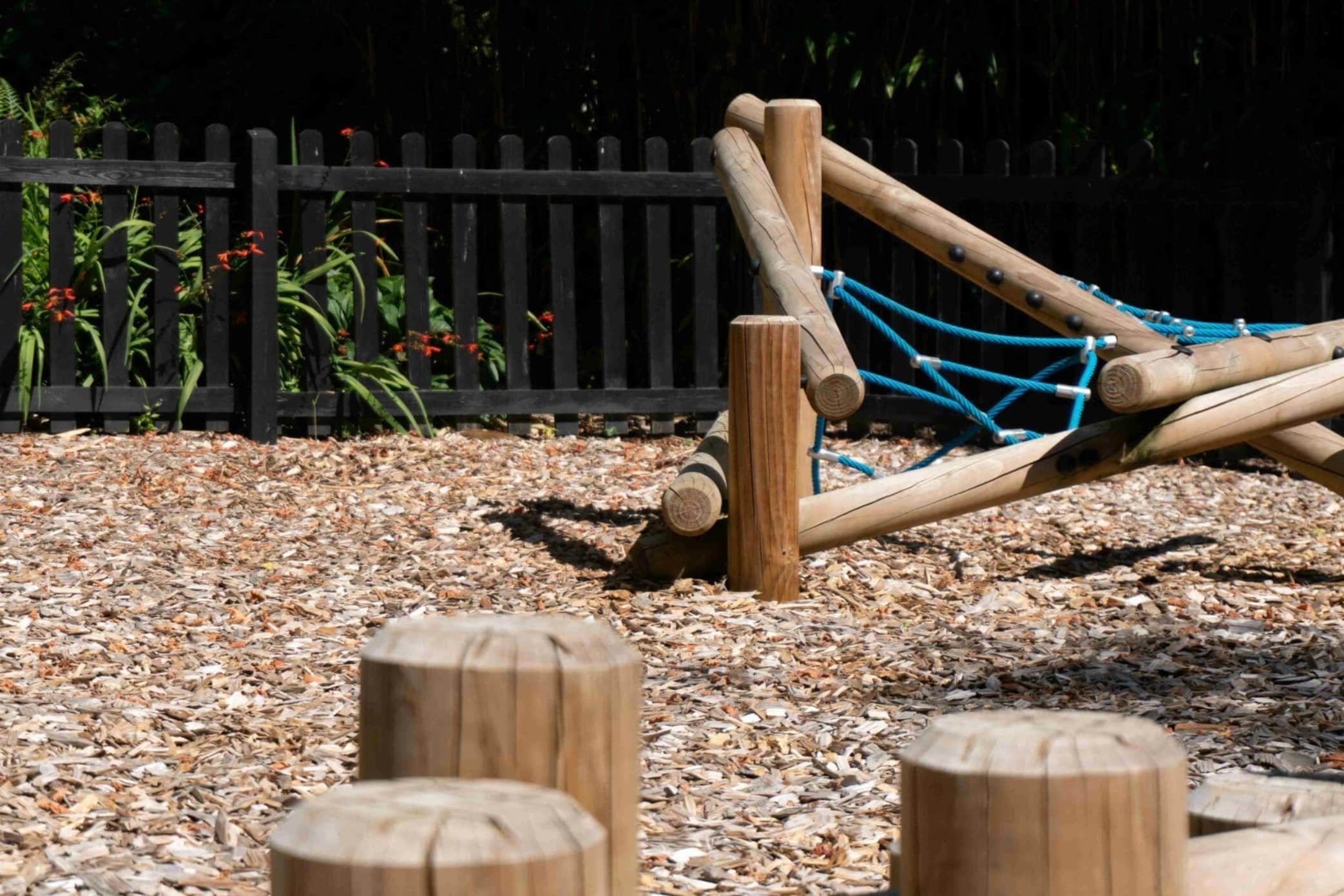

0 thoughts on “How Do I Set Up Block Play Area?”